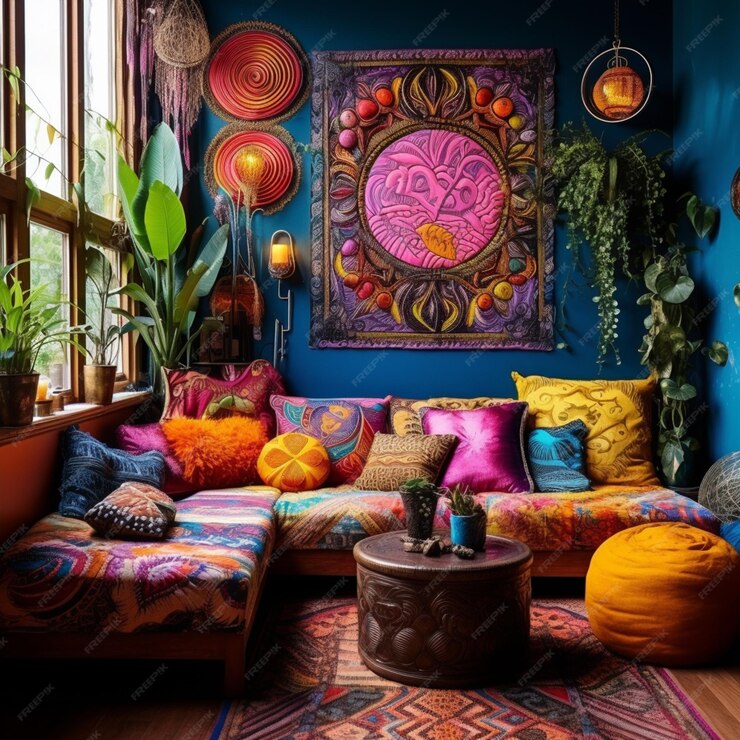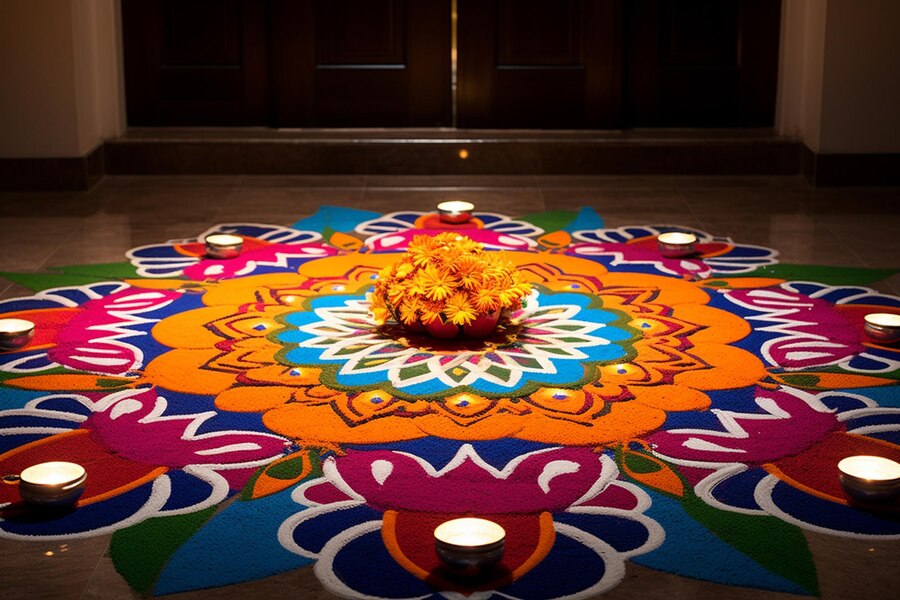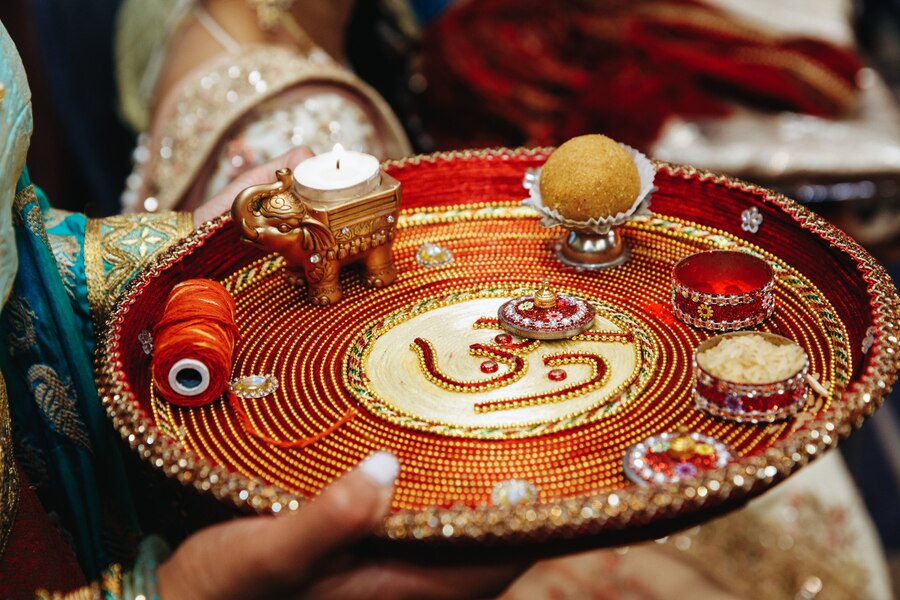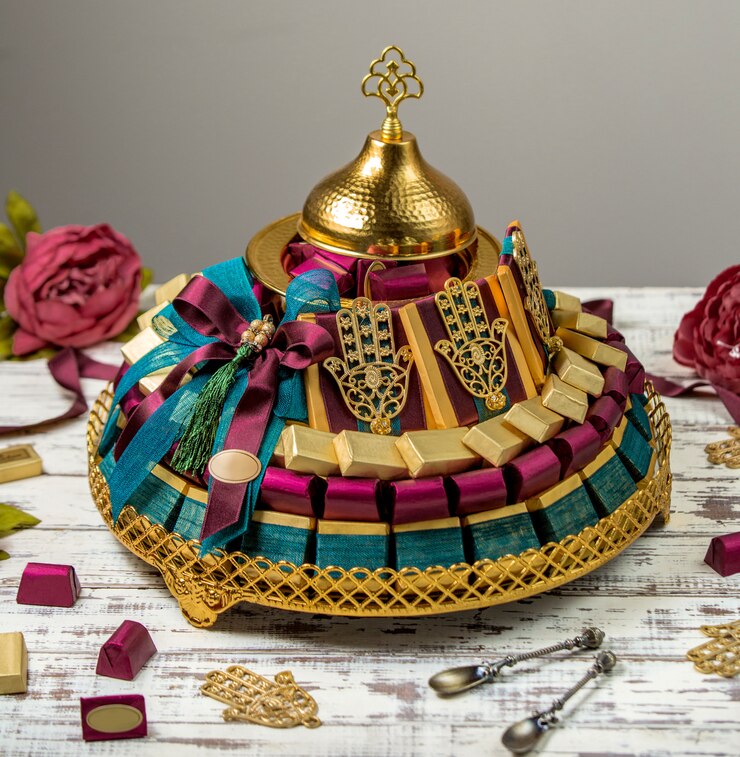Economic Impact of Indian Handicrafts -India, known for its rich cultural heritage and diversity, has always been a land of art and craftsmanship. The Indian handicraft sector, with its unique and diverse products, is a significant contributor to the nation’s economy. This vibrant sector not only preserves traditional art forms but also provides employment to millions, thereby playing a crucial role in the socio-economic development of the country.
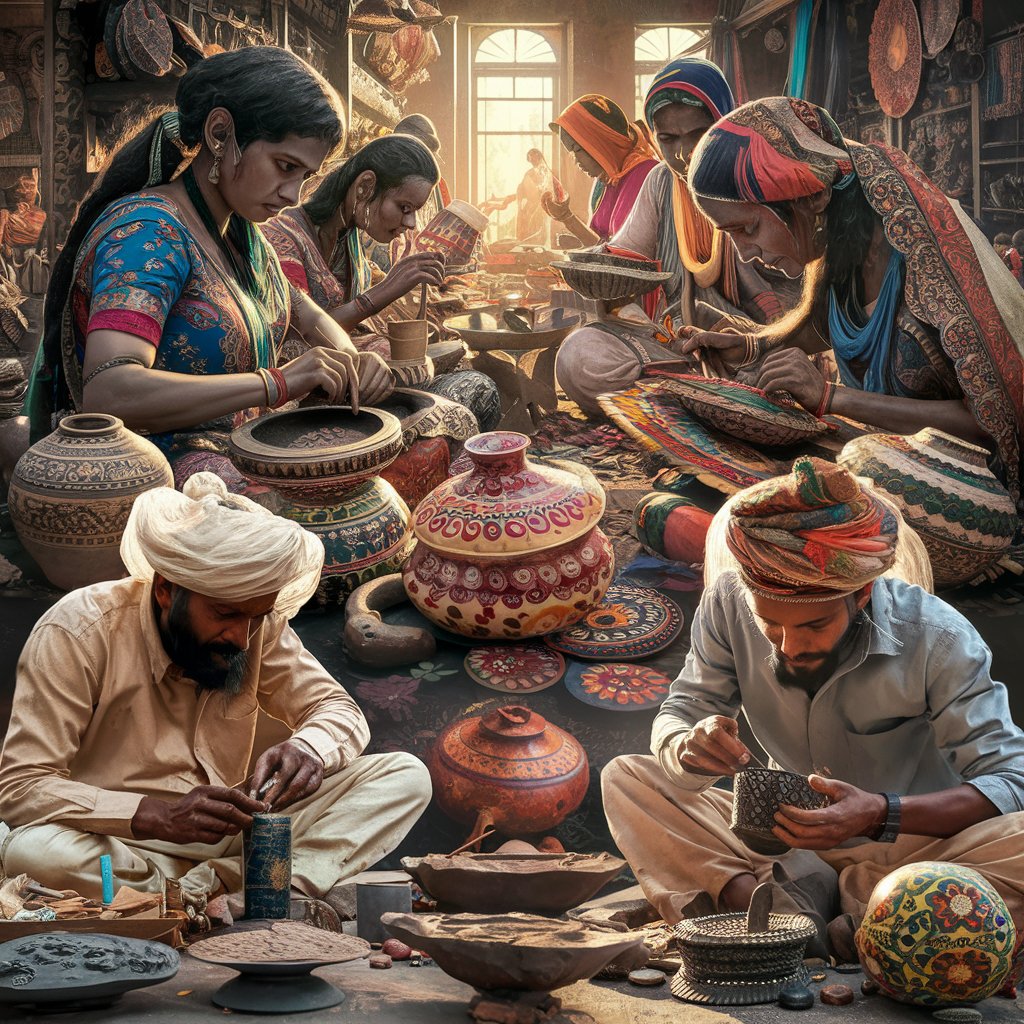
The Economic Significance of the Handicraft Sector
Economic Impact of Indian Handicrafts- The handicraft sector is a major economic driver. It is contributing GDP in India. According to recent reports, the sector contributes around 7% to the GDP and holds a substantial share in India’s export earnings. Handicrafts from India are highly valued in international markets, with key destinations being the USA, Canada, Europe, and Australia.
This sector is labor-intensive and provides employment to over 7 million artisans, many of whom are women and people from rural and tribal areas. This not only helps in preserving traditional skills but also in generating income for some of the most underprivileged sections of society. The handicraft industry is a perfect example of how culture and tradition can drive economic growth and sustainable development.
The Making of Indian Handicrafts: A Blend of Tradition and Skill
The creation of Indian handicrafts is an intricate process that involves various steps, from sourcing raw materials to the final finishing touches. Here’s a glimpse into the procedure:
- Sourcing Raw Materials: The process begins with sourcing raw materials, which vary depending on the type of handicraft. For example, terracotta requires clay, textiles need yarn and dyes, and metal crafts require metals like copper, brass, and silver.
- Designing: Skilled artisans often use traditional motifs and designs passed down through generations. The design phase involves sketching patterns and planning the final look of the product.
- Crafting: This is the most labor-intensive phase. Depending on the craft, this can include weaving, molding, carving, painting, or embroidery. For instance, in pottery, the clay is shaped and fired in a kiln. In textile weaving, yarns are woven on looms to create intricate patterns.
- Embellishment: Many handicrafts are adorned with additional decorative elements. This could involve embroidery, beadwork, or painting to enhance the aesthetic appeal of the product.
- Finishing: The final phase includes polishing, painting, or finishing the product to ensure durability and a refined look. This step is crucial to ensure that the product meets quality standards.
- Quality Check: Before the products are packed and shipped, they undergo a strict quality check to ensure that they are free from defects and meet the standards expected by consumers.
The Role of Handicrafts in Rural Development
The handicraft sector is vital for rural development. It provides livelihood opportunities to people in remote and rural areas, helping to curb migration to urban centers.
Moreover, the rise of e-commerce platforms like Tanutra has revolutionized the market for handicrafts. Artisans can now reach a global audience, significantly increasing their income potential. E-commerce platforms provide a marketplace for these artisans, allowing them to showcase their products to customers in the USA, Canada, and beyond.
Government Initiatives and Support
The Indian government recognizes the importance of the handicraft sector and has launched various schemes to support artisans. Programs like the Ambedkar Hast Shilp Vikas Yojana and the National Handicrafts Development Program aim to provide financial assistance, training, and marketing support to artisans. These initiatives are crucial in ensuring that the handicraft sector continues to thrive and contribute to the economy.
The handicraft sector is more than just an economic contributor. It is a custodian of India’s cultural heritage. By supporting this sector, we not only help preserve traditional art forms but also empower millions of artisans. it is providing them with a sustainable livelihood.
As consumers, we can contribute to this cause by choosing to buy authentic, handcrafted products. Platforms like Tanutra offer a wide range of such products, bringing the essence of Indian craftsmanship to your doorstep.
Explore the rich heritage of Indian handicrafts by visiting Tanutra today. Discover a curated collection of authentic, handcrafted products that not only add charm to your home but also support the livelihoods of skilled artisans. Visit Tanutra and bring home a piece of India!














